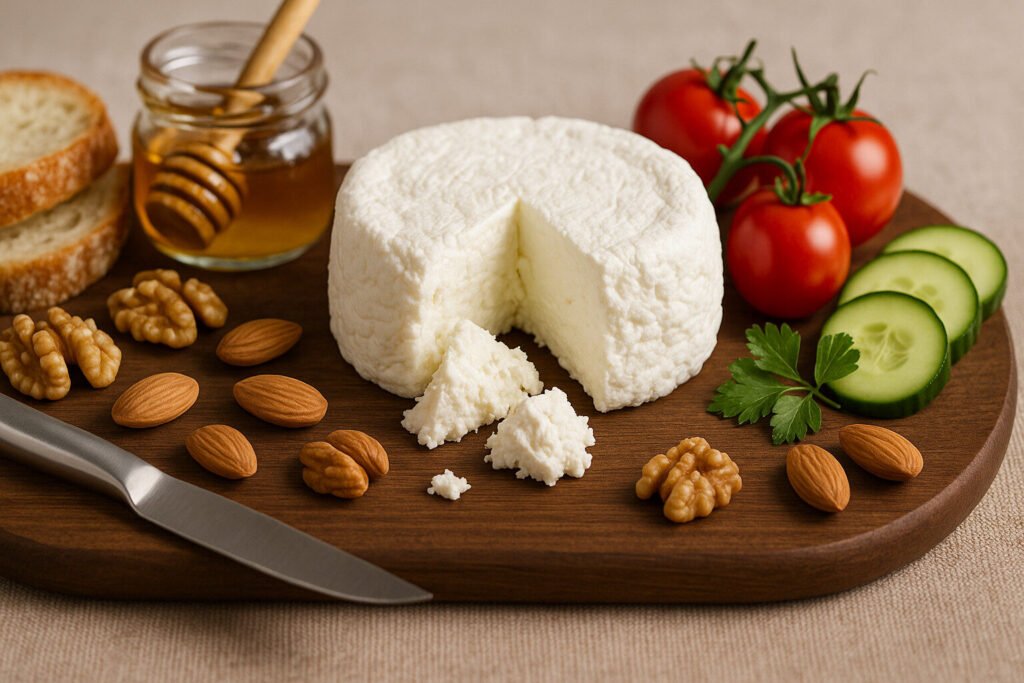Cheese From Cow And Sheep Milk
Definition and Scope
Cheese from cow and sheep milk represents a category defined by its milk source composition. These cheeses may be produced from pure cow milk, pure sheep milk, or various blends of both. This dual-source approach allows for significant diversity in texture, flavor, and aging potential across different cheese styles.
The scope includes numerous well-known varieties from traditional European cheesemaking regions. Cheeses like Pecorino Romano use 100% sheep milk, while others like certain Manchego styles historically used mixed milks. This category excludes cheeses made with goat or buffalo milk, focusing specifically on bovine and ovine dairy sources.
Production Methods
Production begins with milk standardization, where the ratio of cow to sheep milk is carefully determined. Sheep milk contains nearly double the solids of cow milk, requiring adjustments to rennet quantities and coagulation times. Thermal treatment varies from raw milk traditions to modern pasteurization protocols depending on regulatory requirements.
Curd handling techniques differ significantly between soft fresh cheeses and hard aged varieties. For mixed milk cheeses, producers must balance the different fat and casein structures during cutting, cooking, and pressing. Aging periods range from several weeks for fresh cheeses to over two years for hard grating styles like aged Pecorino.
Sensory Profile
Sheep milk contributes distinctive sweet and nutty flavors with higher fat content creating rich mouthfeel. Cow milk typically provides milder, creamier notes that balance sheep milk’s intensity. The combination often results in complex flavor profiles with both dairy sweetness and savory characteristics.
Texture varies from semi-soft to very hard depending on moisture content and aging. Mixed milk cheeses frequently exhibit supple, elastic pastes with small, irregular eyes. Color ranges from snowy white in fresh cheeses to deep ivory or straw yellow in aged varieties, influenced by milk composition and beta-carotene content.
Culinary Applications
These cheeses serve diverse culinary roles based on their age and texture. Younger, softer varieties work well in sandwiches, salads, and as table cheeses. Their melting properties make them suitable for cooked applications like gratins, pizzas, and pasta dishes where they contribute rich flavor.
Aged hard cheeses are primarily used for grating over finished dishes or incorporating into sauces. The concentrated umami flavors enhance meat dishes, soups, and vegetable preparations. Many traditional recipes specifically call for particular cow-sheep milk cheeses to maintain authentic regional character.
Regional Examples
Italy produces several notable examples including Pecorino Toscano and certain Stagionato cheeses. Spain’s Manchego, traditionally made from sheep milk, now has variations incorporating cow milk. These cheeses reflect centuries of pastoral traditions in Mediterranean regions where both cattle and sheep farming coexist.
French Pyrenees cheeses like Ossau-Iraty demonstrate pure sheep milk applications, while mixed milk traditions continue in Alpine regions. Modern American artisans have adapted these traditions, creating original blends that showcase local terroir through carefully balanced cow and sheep milk compositions.

